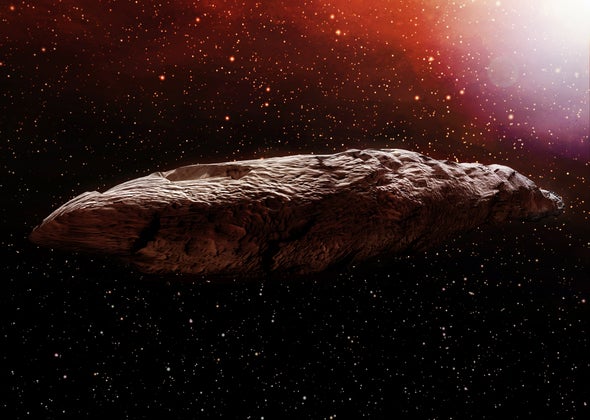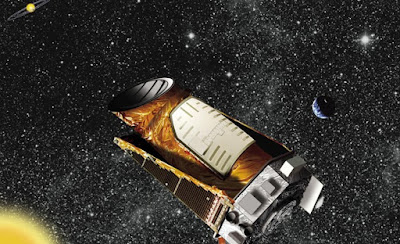Artist's impression of a neutron-star merger (Courtesy: NASA)
Topics: Astronomy, Astrophysics, Chemistry, Materials Science, Neutron Stars
The amounts of heavy elements such as gold created when black holes merge with neutron stars have been calculated and compared with the amounts expected when pairs of neutron stars merge. The calculations were done by Hsin-Yu Chen and Salvatore Vitale at the Massachusetts Institute of Technology and Francois Foucart at the University of New Hampshire using advanced simulations and gravitational-wave observations made by the LIGO–Virgo collaboration. Their results suggest that merging pairs of neutron stars are likely to be responsible for more heavy elements in the universe than mergers of black holes with neutron stars.
Today, astrophysicists have an incomplete understanding of how elements heavier than iron are made. In this nucleosynthesis process, lighter nuclei must be able to capture neutrons from their surroundings. Astrophysicists believe this can happen in two ways, each producing about half of the heavy elements in the universe. These are the slow process (s-process) that occurs in large stars and the rapid process (r-process), which is believed to occur in extreme conditions such as the explosion of a star in a supernova. However, exactly where the r-process can take place is hotly debated.
One event that could support the r-process is the merger of a pair of neutron stars, which can result in a huge explosion called a kilonova. Indeed, such an event was seen by LIGO–Virgo in 2017, and simultaneous observations using light-based telescopes suggest that heavy elements were created in that event.
Merging neutron stars create more gold than collisions involving black holes, Sam Jarman, Physics World




